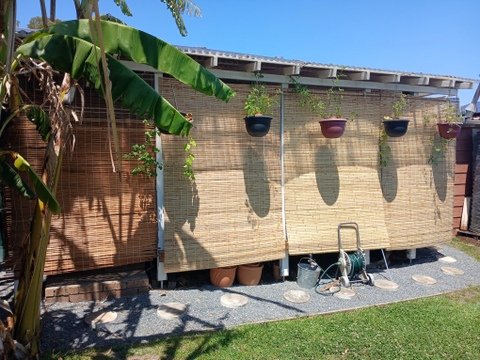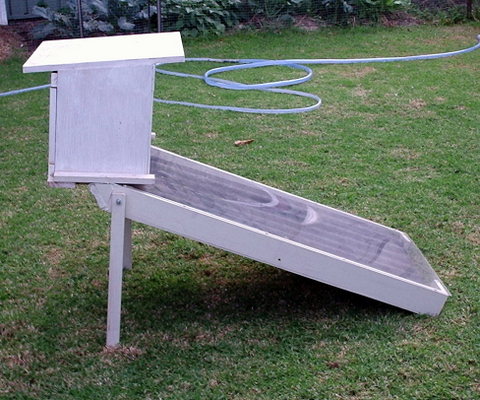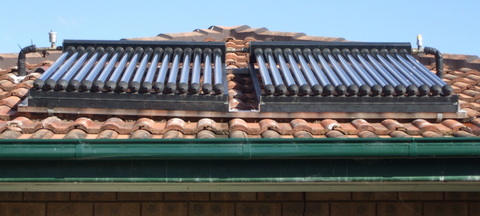Catch and Store Energy: “Make hay while the sun shines”. Design systems that capture and store resources when they are abundant, like rainwater harvesting.
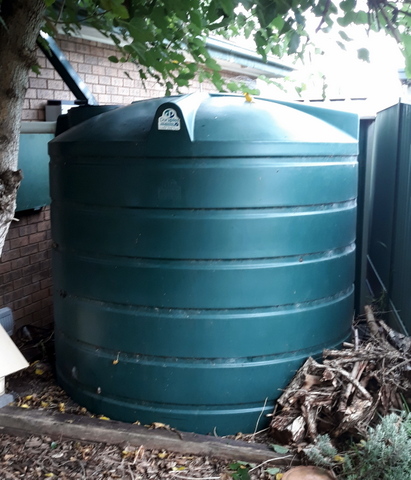
We have rainwater storage on all drainage from our roof into rainwater tanks of various sizes from 500 litres to 5,500 litres or into the soil through raingardens and other structures or into a pond. We also save our own seeds, transferring energy from one season to the next. How we generate and store electrical energy will be discussed under principle five.
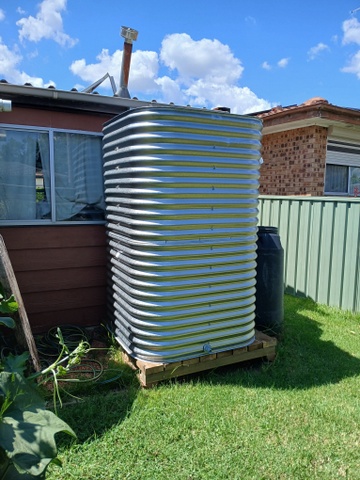
We purchase and store some foods in bulk such as wheat grains, oats and rice, which are capable of providing metabolic energy in the event of supply chain interruptions thus increasing our resilience and also reducing waste. Metabolic energy is also provided by home grown fruit, vegetables and eggs. While our food growing system is set up to provide regular output rather than large gluts, some foods (eg mushrooms, leafy greens and onions) and have been preserved by drying using a home built solar dehydrator.
We also use solar power directly for cooking with our solar oven which has just been refurbished, and have a reflecting panel solar cooker, although the oven gets more use.
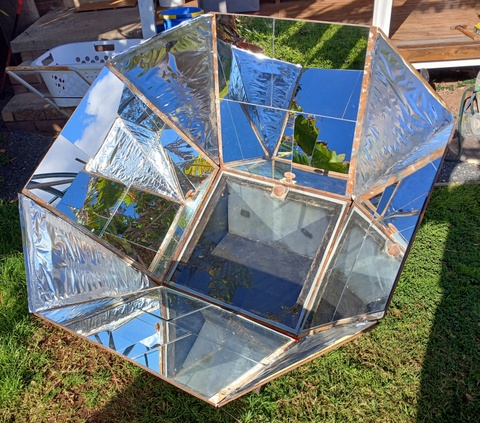
We have a number of trees on the property that produce food or fuel or both, allowing us to use rocket stoves to cook food, and that store both carbon and nutrients. We also have native trees that produce biomass for fuel which also provide, and encourage, local biodiversity.
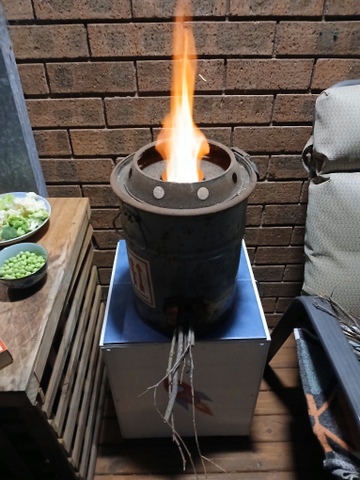
Our water is heated using an evacuated tube solar water heater with an electric back up. Our house is a mid-seventies brick veneer home that is not energy efficient but has roof insulation and retrofitted wall insulation is being investigated. Trees and shrubs have been planted around the house to reduce heat gain in summer and required use of air conditioning for cooling. A back deck has been installed to reduce heat gain in summer, but with a clear roof and removable covering to encourage afternoon light and heat gain in winter.
